Vietnam: What is the content summary of the Soviet Union and Eastern Europe in the 1945-1970 period in the 12th-grade History curriculum? What are the perspectives on developing the 12th-grade History curriculum?
What is the content summary of the Soviet Union and Eastern Europe in the 1945-1970 period in the 12th-grade History curriculum in Vietnam?
Below is the content summary of the Soviet Union and Eastern Europe in the 1945-1970 period in the 12th-grade History curriculum in Vietnam:
Soviet Union from 1945 to the mid-1970s
[1] Economic Reconstruction (1945 - 1950)
- Context:
After World War II, the Soviet Union suffered heavy losses with 27 million people dead and thousands of cities, villages, and enterprises destroyed. Facing economic blockade and political isolation from capitalist countries, the Soviet Union had to restore the economy independently and strengthen national defense.
- Achievements:
Completed the 5-year economic reconstruction plan in just 4 years and 3 months.
By 1950, industry increased by 73%, agriculture reached pre-war levels.
In 1949, the Soviet Union successfully developed an atomic bomb, breaking the U.S. nuclear monopoly.
[2] Building the Material and Technical Basis of Socialism (1950 - 1970)
- Economy:
The Soviet Union became the world's second-largest industrial power, leading in space and nuclear energy industries.
- Science and Technology:
+ In 1957, successfully launched the first artificial satellite of Earth.
+ In 1961, a spacecraft carrying astronaut Gagarin to orbit Earth, marking the beginning of the space conquest era.
- Society:
+ Political stability, with workers making up 55% of the labor force, and improved educational levels among the population.
+ Foreign Policy: The Soviet Union became a pillar of the socialist system, supporting revolutionary and peace movements worldwide.
- Significance:
The achievements of the Soviet Union demonstrated the superiority of socialism, disrupting the strategies of the U.S. imperialists and their allies.
Eastern European Countries from 1945 to 1975
[1] The Emergence of People’s Democracies in Eastern Europe (1945 - 1949)
- Context:
+ The people of Eastern Europe cooperated with the Soviet Red Army to defeat Nazi Germany, seize power, and establish people’s democracies.
+ Countries establishing people’s democracies included Poland, Romania, Hungary, Bulgaria, Czechoslovakia, Yugoslavia, and Albania; the German Democratic Republic was established in October 1949.
+ Construction Activities: Eastern European countries implemented land reforms, nationalized enterprises, enacted democratic freedoms, and strengthened the leading role of the Communist Party.
[2] Building Socialism (1950 - 1975)
- Circumstances:
Eastern European countries built material and technical bases under challenging conditions due to economic blockades and countermeasures by reactionary forces.
- Achievements:
Industrial development, electrification, rapid growth in agriculture and science, gradually becoming industrial-agricultural nations.
- Significance:
The success of Eastern European countries contributed to altering the European scenario, establishing a socialist system.
Cooperation Relations Between Socialist Countries in Europe
[1] Economic, Scientific - Technical Relations
- The Council for Mutual Economic Assistance (SEV) was established on January 8, 1949, to strengthen economic, cultural, and scientific cooperation among socialist countries.
- Achievements: Promoting economic development, improving people's living standards, and building material and technical bases for socialist countries. However, SEV faced limitations like being insular and not integrating with the global economy.
[2] Political-Military Relations
- The Warsaw Pact organization was established on May 14, 1955, with the aim of military and political defense for socialist countries.
- Role in maintaining peace and security in Europe, creating a military balance against imperialist blocs.
Note: The above content summary of the Soviet Union and Eastern Europe in the 1945-1970 period in the 12th-grade History curriculum in Vietnam is for reference only!
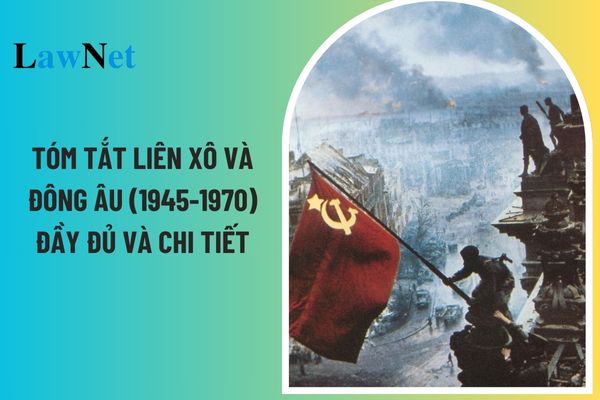
What is the content summary of the Soviet Union and Eastern Europe in the 1945-1970 period in the 12th-grade History curriculum in Vietnam? What are the perspectives on developing the 12th-grade History curriculum? (Image from Internet)
What are the perspectives on developing the 12th-grade History curriculum in Vietnam?
Under the general education program for History issued with Circular 32/2018/TT-BGDDT:
The History curriculum thoroughly instills viewpoints, objectives, and general orientations on developing and advancing the general education program outlined in the overall program, particularly focusing on viewpoints enhancing students’ qualities and competencies, while emphasizing certain viewpoints:
[1] Scientific, modern
The History curriculum helps students approach history by applying modern achievements of historical science and educational science. To be specific:
- The History curriculum thoroughly adheres to the guidelines, and viewpoints of the Communist Party of Vietnam and the State of Vietnam;
- The History curriculum values foundational principles of historical science, ensuring respect for historical truth, the richness and diversity of history; objectivity, comprehensiveness in presenting and interpreting history;
- The History curriculum aims to guide and encourage students to learn, and explore history according to historical science principles, thereby helping students develop historical thinking and critical thinking;
- The History curriculum contributes to building the ability to analyze and evaluate historical figures, events, and processes scientifically, aiding students in recognizing historical laws and lessons and applying them to practice.
[2] Systematic, fundamental
The main development axis of the History curriculum is a system of topics and study subjects on fundamental issues of world history, Southeast Asian history, and Vietnamese history, to enhance and broaden the general knowledge students learned at the the lower secondary level. To be specific:
- The topics and study subjects in the History curriculum are systematic, and fundamental, stemming from the requirements to develop competencies and history education for each class;
- The History curriculum's knowledge components ensure logical consistency (in chronological and synchronous relationships, the interaction between Vietnamese history with regional and world history...);
- The History curriculum ensures that students access fundamental historical knowledge in political, economic, social, cultural, and ideological fields; developing lifelong history self-study competencies and the ability to apply understandings of world, regional, and Vietnamese history, culture, and society into life.
[3] Practical, experiential
The History curriculum values historical practice content, linking history with real life. To be specific:
- The History curriculum considers practice an important content and a practical, effective tool to develop students' competencies;
- The History curriculum increases the duration of practical activities; diversifies types of practice through various educational forms such as group activities, individual self-study; learning in the classroom, museums, in the field; project-based learning, heritage learning;...;
- The History curriculum ensures suitability with the practical and socio-economic conditions of the country and localities. Through the system of study topics and subjects, the educational forms organized, the History curriculum creates flexibility to be adjustable for localities and different student groups while ensuring the overall education level nationwide, compatible with regional and global standards.
[4] National, humanistic
The History curriculum helps students correctly perceive the nation’s traditional values, forming and developing the good qualities of Vietnamese people and the universal values of global citizens. To be specific:
- The History curriculum helps students have correct perceptions of patriotism and genuine, progressive nationalism of the Vietnamese people, the position of the nation-state in the region and the world in historical periods, aiming to build genuine national pride, recognizing both strengths and limitations in the nation’s historical legacies;
- The History curriculum helps students form and develop humanistic values, and community spirit, against social, cultural, ethnic, and religious prejudices and discrimination; aiming towards tolerance, kindness, respect for differences, and equality among nations, communities, genders and social groups; aspiring for peace, reconciliation, harmony, and cooperation;
- The History curriculum helps students adopt a correct and positive attitude towards issues of natural resource, nature, and environmental protection, aiming for sustainable development and the struggle for a peaceful, progressive, transparent, just, and civilized world.
[5] Open, interconnected
The History curriculum features openness and interconnectedness. To be specific:
- The knowledge and skill structure of History creates opportunities for students to connect and integrate with knowledge and skills of other subjects such as Geography, Literature, Civic Education, National Defense and Security Education,...;
- The History curriculum empowers local authorities and schools to develop educational plans suitable for local conditions, providing creative space for teachers to implement the principle of “one program, multiple textbooks”; emphasizing the collaboration between school, family, and society in history education;
- The History curriculum ensures high integration principles at lower grades, gradually differentiating at higher grades; closely connecting between educational levels, between classes in each educational level and linking with vocational education and higher education programs.
What are the objectives of the 12th-grade History curriculum in Vietnam?
Under the general education program for History issued with Circular 32/2018/TT-BGDDT:
The History curriculum helps students develop historical competence, an expression of the scientific competence formed the the lower secondary level; contributing to educating national spirit, patriotism, the nation's good traditional values, and the essence of global human culture, the qualities, and competencies of Vietnamese citizens and global citizens in line with contemporary development trends;
Helps students approach and clearly understand the role, and characteristics of historical science and its connection to other scientific fields and professions, laying the foundation for students to orient their future careers.

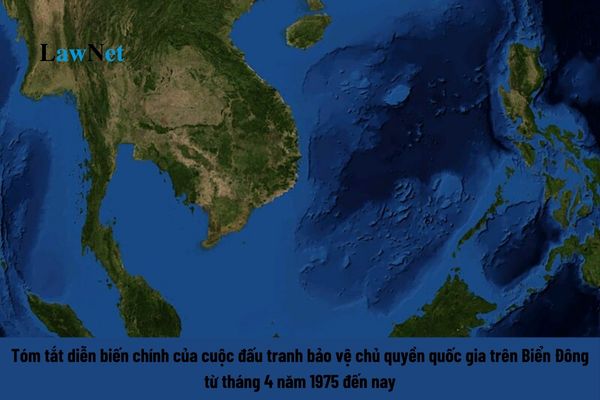

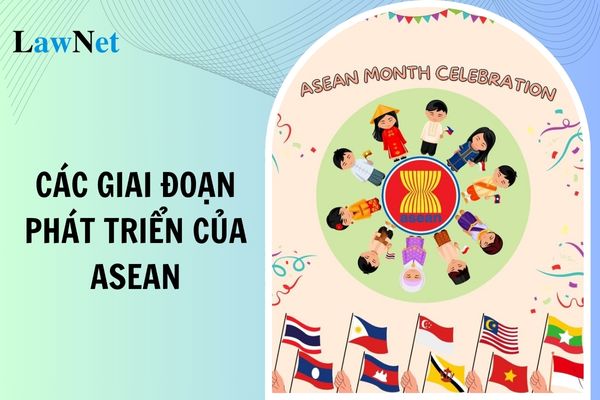
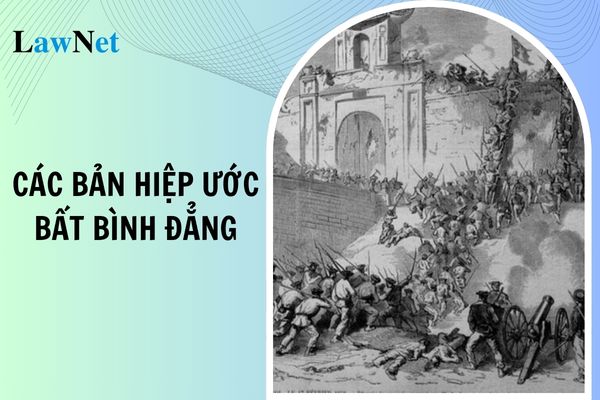
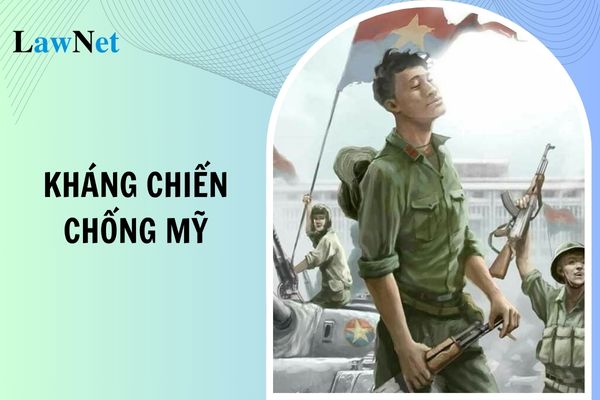
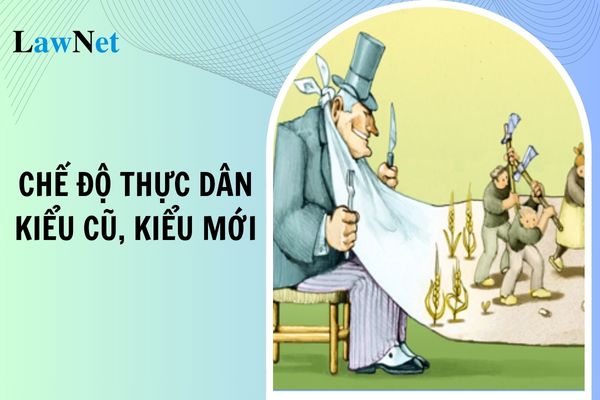
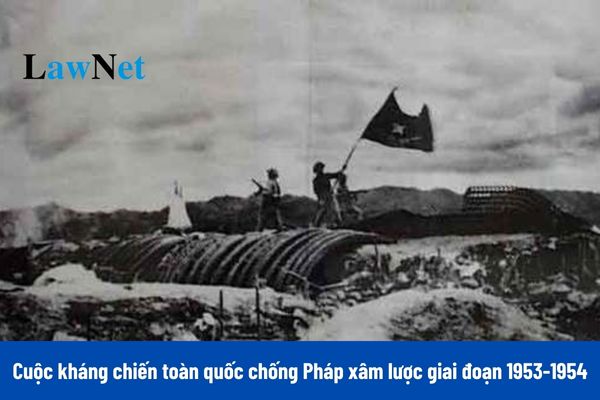
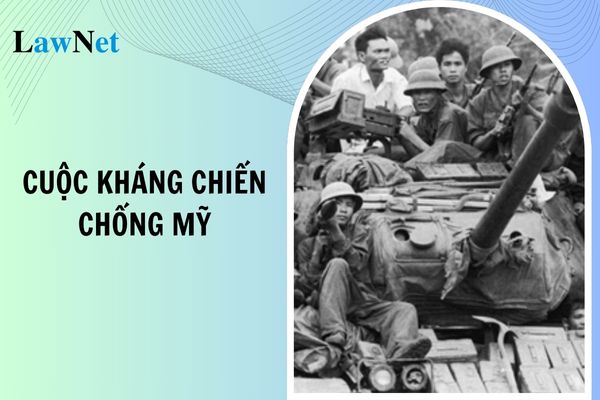
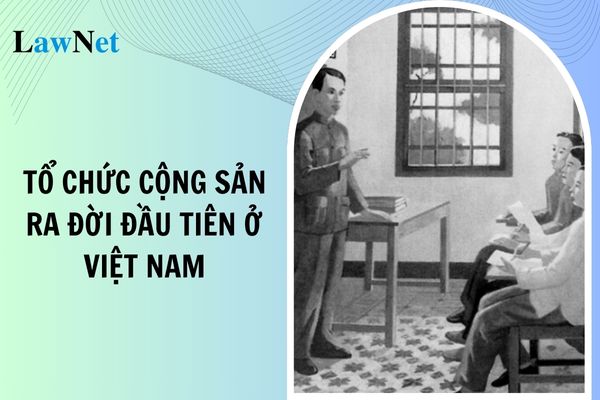
- Vietnam: What is the sample report on a modern literary matter - innovations and renovations in the short stories "Chiếc thuyền ngoài xa" and "Một người Hà Nội"?
- Vietnam: What are the 05 sample 600-word argumentative essays on negative issues among youth today? How many types of texts are there in the content of the 12th-grade Literature curriculum?
- Vietnam: What are the best sample paragraphs about your family for 6th-grade students? What elective subjects do 6th-grade students learn?
- Vietnam: What are the best sample self-introductions in English for 5th-grade students? What topics are covered by the 5th-grade English curriculum?
- Vietnam: What are the sample imaginary paragraphs on Tin-tin and Mi-tin entering the magical garden for 4th-grade students? What are the 05 essential qualities required for 4th-grade students?
- Vietnam: What are the guidelines for preparing the briefest lesson "A Strange Tale of the Fisherman's House/Truyện lạ nhà thuyền chài"? What is the eligibility for lower secondary graduation recognition for 9th-grade students?
- What are the enrollment methods of Pham Ngoc Thach University of Medicine in 2025?
- Vietnam: What are the sample 1st end-of-semester question papers of 9th-grade Literature? What is the form of assessment for 9th-grade Literature?
- Vietnam: What are the 10 sample 200-word social argumentative paragraphs on the strength of discipline? Is improving manpower one of the goals of education?
- What are the sample social argumentative essays on a social issue raised from a literary work in the 8th-grade Literature curriculum in Vietnam?

